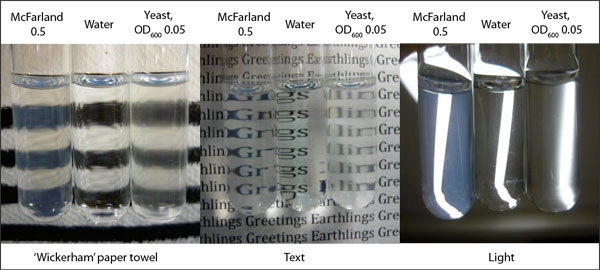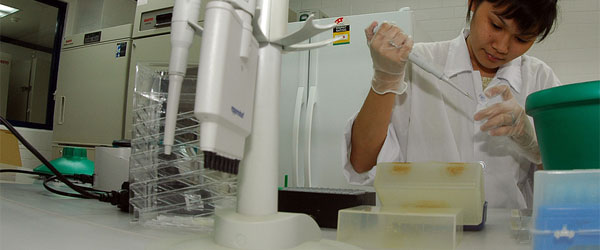How Text-Mining Tools Can Improve Your Literature Searches
Before starting any new research project, it’s essential that you have as complete an understanding as possible of the current research literature. Knowing what other people have done will prevent you from duplicating existing work, and will perhaps indicate under-explored niches. If you work in the same subject area over a number of years, you…






























